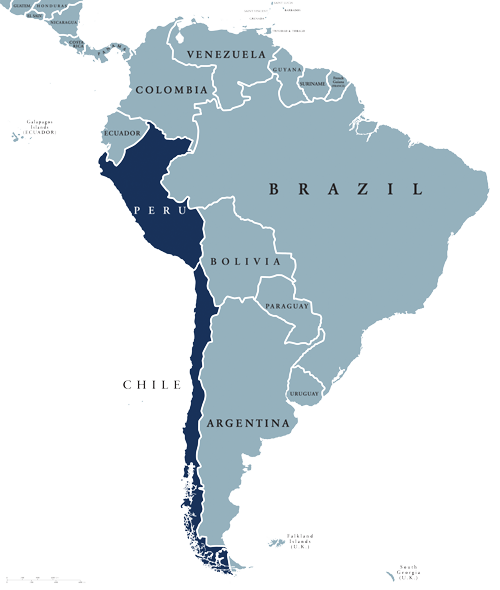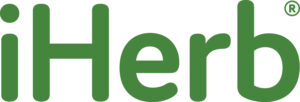FOOD FISHERY VS. REDUCTION FISHERY
Nearly one third of all wild caught fish are not caught for food, but are instead caught to be made into animal feed. This type of fishery is sometimes called a ‘Reduction Fishery’ because the fish are ‘reduced’ to basic commodities. Compare that to a Food Fishery, where fish are caught to be made into Food. Alaska Pollock is a Food Fishery.
- Food Fish are caught, filleted, and then canned or frozen to make human food. Fish meal & Fish Oil can be made from the leftover trimmings (mostly heads and viscera). However, many food fisheries are not very efficiently utilized and the trimmings are ground up and pumped out to sea.
- Reduction Fish are caught and then the entire catch from nose to tail is ground up into fish meal and Fish Oil. Fish meal is the primary product from this industrial feed operation, and Fish Oil is a byproduct. This meal is sold almost exclusively into aquaculture, where it is used to feed farmed fish. The Fish Oil is used in aquaculture feed, in pet foods, or made into dietary supplements.
South American Anchovy (Engraulis ringens) is caught off the coast of Peru and Chile; it is the world’s largest reduction fishery and makes up the largest portion of global Fish Oil supply (about 60-65%, depending on the year). The UN’s FAO calls it “the most heavily exploited fish in world history.
Source: IFFO Weekly Report, Week 52/16, 26 Dec 16 to 01 Jan 17





